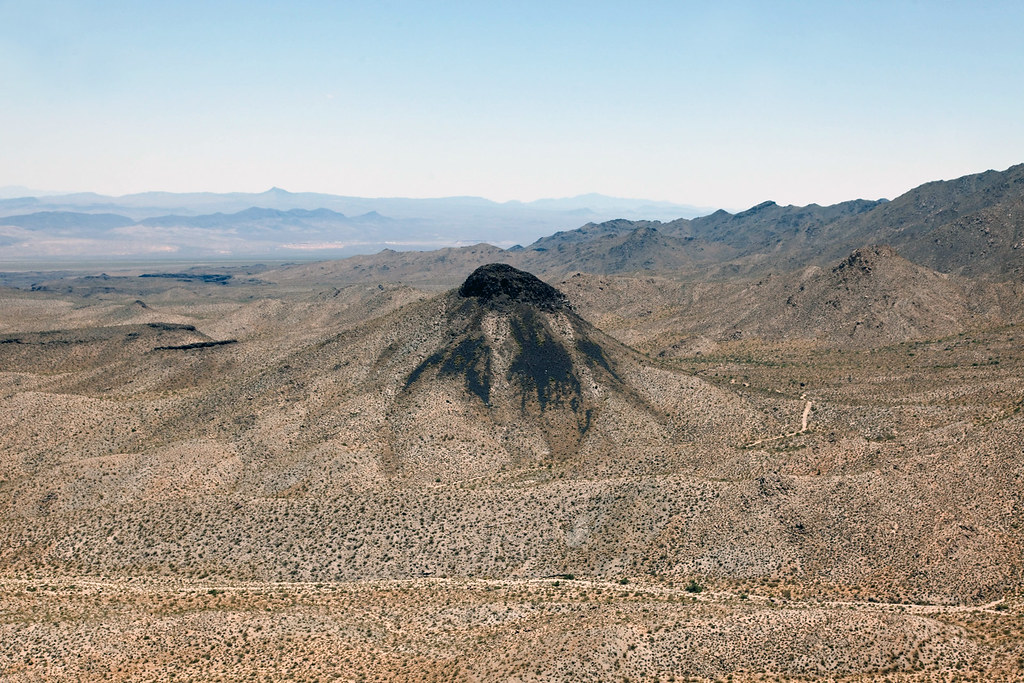Could Dormant Volcanoes Reshape the Rare Earth Market?

New Discovery in Rare Earth Extraction
What if the key to overcoming the global shortage of rare earth elements (REEs) lies hidden within the quiet remnants of ancient volcanoes? A groundbreaking study has revealed that iron-rich magmas, which once flowed through long-dead volcanoes, can capture rare earth elements up to 200 times more efficiently than normal magmas. This finding, highlighted by Michael Anenburg from the Australian National University as "potentially opening a new avenue for rare earth extraction," could significantly change the landscape of geological exploration and the supply chain for clean technology.
Rare earth elements such as lanthanum, neodymium, and terbium are essential components in permanent magnets used in electric vehicles, wind turbines, and various digital and defense technologies. Despite their names, these elements are not inherently scarce; the challenge lies in obtaining them in sufficient quantities for economic extraction. Currently, the world heavily relies on China, which accounts for over 60% of REE production and 85% of processing. This dependency makes global supply chains vulnerable to geopolitical tensions and export restrictions.
The study originated from the discovery of a significant REE deposit in the Kiruna district of Sweden. This deposit contained an unexpected concentration of rare earths within a massive body of iron ore formed by volcanic activity 1.6 billion years ago. To understand the origin of this enrichment, researchers from ANU and the University of the Chinese Academy of Sciences conducted simulations of conditions in these ancient volcanoes. They melted synthetic rocks in a pressure furnace, mimicking the iron-enriched magmas that were thought to have erupted from extinct volcanoes in the past. The results were astonishing: the iron-enriched magma absorbed all the rare earth elements from its surroundings, with efficiencies up to 200 times greater than those of normal magmas.
Geochemical experiments have helped clarify the processes involved in the partitioning of these elements. Iron oxide-apatite deposits, formed by the immiscible segregation of silicate and iron phosphate melts under specific volcanic conditions, act as natural concentrators of REEs. Shengchao Yan, a researcher at the Chinese Academy of Sciences and lead author of the study, noted that “the concentrations of rare earth elements can be up to 200 times larger than in the silicate melts.” Light REEs, including lanthanum, are particularly enriched in FeP melt, while heavy REEs like lutetium are also highly enriched but to a lesser extent. This geochemical selectivity is crucial for targeting the right deposits and optimizing extraction processes in IOA-rich regions.
The implications for the mining industry are profound. Many of the world’s largest iron-ore mines, located in the United States, Chile, and Australia, sit atop now-extinct, iron-enriched volcanoes. These mines currently focus on extracting iron oxide and magnetite, without considering the potential presence of rare earth elements. According to Anenburg, “Those mines are mining iron oxide. They’re mining magnetite. They never looked [to see] if they even have any rare earth elements.” By re-evaluating these sites for REE potential, companies can extract additional value with minimal environmental impact, creating a win-win scenario for both the industry and the environment.
Despite the promise of new sources, the mining industry still faces significant environmental and social challenges. Traditional REE mining methods often involve toxic chemicals, radioactive byproducts, and allegations of human rights abuses in supply chains. Techniques like pyrometallurgy and hydrometallurgy are energy-intensive and polluting, while recycling remains limited due to technical and economic barriers. Emerging alternatives such as bioleaching and biosorption offer more sustainable options, using microorganisms to extract REEs from waste streams. For example, the application of Acidithiobacillus thiooxidans in bioleaching has shown potential to reclaim neodymium and praseodymium from electronic waste at recovery rates exceeding 50%.
The message to mining engineers and geoscientists is clear: iron-rich extinct volcanoes, already mined for iron, could become vital sources of rare earth supply. Geochemical modeling, remote sensing, and targeted sampling are now essential tools for unlocking these previously untapped resources. As the demand for REEs is projected to increase fivefold by 2030, the race to find, mine, and refine these elements sustainably is intensifying. The quiet volcanoes of the past may yet power the technologies of the future.
Post a Comment for "Could Dormant Volcanoes Reshape the Rare Earth Market?"
Post a Comment